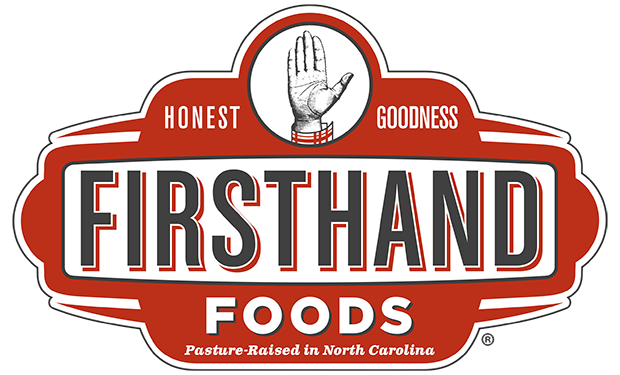It’s Burgertime! If you’re reading this before July 4th, 2021, head on over to our social media pages and participate in our #letsgolocalburger challenge for the chance to win over $300 in prizes.
If asked for my opinion on where to get the best burger in town I would most likely answer “at my house.” That’s not meant to be a boast about my cooking abilities and it’s definitely not meant to suggest that there aren’t plenty of restaurants around here putting out great burgers. A backyard charcoal grilled burger is one of those special foods that are made better by participating in the process and by the sensory experience that the preparation provides. Grilling isn’t always the best way to cook a burger, but the experience of lighting the charcoal, the smell of the smoke, the smell of beef charring on the grill and of the fat burning as it drips down onto the coals is all so enjoyable that it’s the only way I’ll do it. The following are a few specifics to help you have a great burger experience.
First thing to consider, of course, is the meat. For our purposes here, we’re talking about Firsthand Foods ground beef. Our ground beef is a little different from what you might find at the grocery for a few reasons. First, all of our beef is dry aged for 14 days. This gives our beef a much beefier flavor than beef that hasn’t been aged as much or that has only been wet aged. Second, our ground beef contains around 20% fat. This is an ideal fat to lean ratio. Too much leaner and the burger will come out dry and dense. Any fattier and it could fall apart. Finally, we combine cuts from all around the carcass but not from different animals. In other words, any given pack of our ground beef only comes from one cow from one farm but it will contain a combination of chuck, short ribs, top round, bottom round, eye of round, shoulder and various trimming from that one particular cow. Fun fact: from a 600-700# carcass we might produce up to 300# of ground beef. You can’t work in the meat business for too long before you hear some version of a joke about developing a cow made of nothing but steaks, but this of course isn’t happening any time soon. Ground beef is an essential component of the whole animal utilization that Firsthand Foods strives for. You can find our ground beef at a number of retail and home delivery businesses in North Carolina:
Next thing to consider is seasoning. I’m a big fan of keeping it simple and only using salt when seasoning a burger. Feel free to add fresh ground pepper too. The important thing is that the seasoning only go on the outside of the patty. Once you start mixing salt or anything else into the meat you’re headed straight towards meatloaf territory. Salt has the effect of binding protein together and will change the texture completely. This is sometimes what you’re looking for in other applications (meatballs, meatloaf, dumplings, etc.) but it’s not what you want in a burger. Gently form the patty with your hands and generously season with kosher salt on both sides.
Now it’s time to cook. A flat top griddle of some sort is probably where most burgers in the world are cooked and for good reason. The hot flat surface gives the patty and nice even crust while not letting all the fat escape. This can be most easily achieved at home with a cast iron pan over medium-high heat. If you don’t have good kitchen ventilation this will smoke out your kitchen but it’s in the name of a good burger so open the windows and don’t worry about it. A 6 oz patty will take 3-4 minutes on both side for medium rare but your best bet is to rely on a digital thermometer. A digital thermometer (as opposed to analog) reads really precisely at the tip and this is useful when dealing with a thin piece of meat like a burger. As I suggested in the intro, I’m a burger-on-the-Weber kind of guy because it brings me a lot of pleasure to cook outside and, also, I actually don’t want to smoke out my kitchen. In the case of a charcoal grill, you want to position the patties directly over the hot coals. Once the patties are on the grill don’t try to move them for 3-4 minutes so that the meat has time to sear. Then flip it and cook for another 3-4 minutes. One benefit of grilling burgers is when it’s time to melt the cheese you can use the lid to trap heat on top of the patty. When melting cheese on a stove top burger you might have to employ your broiler. Here’s a quick reference for burger cooking temps:
Rare is 120-125
Mid-Rare is 130-135
Medium is 150-155, and W
Well is 160- 165.
Speaking of cheese, what’s going on this burger? As for buns, I’m all about a light potato roll like Martins. It interferes with the burger as little as possible and, because it offers minimal resistance to biting, is unlikely to lead to the filling shooting out the other side. Besides the patty and probably cheese (American all the way!), I like to go with the classic mayo, lettuce, tomato, onion and pickles. The pleasure in this kind of burger is having at least as much cold, fresh, crunchy vegetables as there is hot meat and cheese. The contrast of temperature and texture makes it all work. But of course there are infinite ways to dress a burger, so to each there own!

